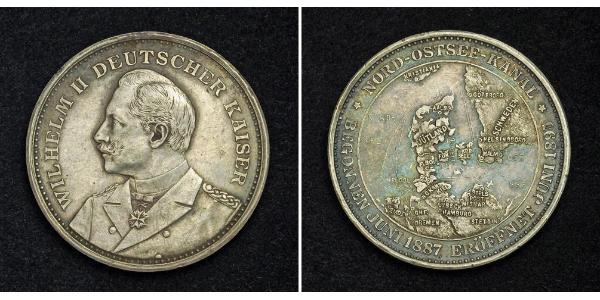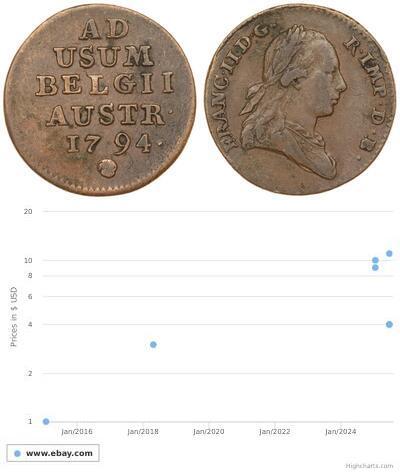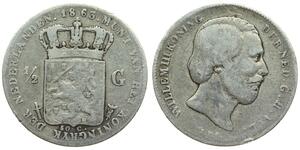(продана за $199.0)
1895, Germany, Wilhelm II. Medallic Silver Kiel Canal (Nord-Ostsee-Kanal) Coin. R!
Mint Date: 1895
Engraver: Constantin Starck
Medallist (mint owner): Oertel
Condition: Mottled toning, otherwise about XF!
Reference: Marienburg 7020, Lange 1380, Rudolph -. R!
Denomination: Medallic "Canal Blessing" Coin - Completion of the Kiel Canal (Nord-Ostsee-Kanal)
Weight: 18.94gm
Diameter: 35mm
Material: Silver
Obverse: Uniformed bust of Wilhelm II left.
Legend: WILHELM II DEUTSCHER KAISER
Reverse: Map of the Kiel Canal region showing the old (long and circumnavigating) and new (shorter) shipping routes.
Legend: NORD-OSTSEE-KANAL * BEGONNEN JUNI 1887, ERÖFFNET JUNI 1895 *
Translated: "North-East-Canal, begin of building June 1887, Opening June 1895"
The Kiel Canal (German: Nord-Ostsee-Kanal, NOK), until 1948 known as the Kaiser-Wilhelm-Kanal, is a 61 miles (98 kilometres) long canal in the German Bundesland Schleswig-Holstein that links the North Sea at Brunsbüttel to the Baltic Sea at Kiel-Holtenau. An average of 250 nautical miles (460 kilometers) is saved by using the Kiel Canal instead of going around the Jutland Peninsula. This not only saves time but also avoids potentially dangerous storm-prone seas. According to the canal's website, it is the most heavily used artificial seaway in the world; over 43,000 ships passed through in 2007, excluding small craft.
The first connection between the North and Baltic Seas was the Eider Canal, which used stretches of the Eider River for the link between the two seas. The Eiderkanal was completed in 1784 and was a 27 mile (43 kilometre) part of a 109 mile (175 kilometre) long waterway from Kiel to the Eider River's mouth at Tönning on the west coast. It was only 29 metres (32 yards) wide with a depth of three metres (3.25 yards), which limited the vessels that could use the canal to 300 tonnes displacement.
A combination of naval interests—the German navy wanted to link its bases in the Baltic and the North Sea without sailing around Denmark—and commercial pressure encouraged the development of a new canal.
In June 1887, construction works started at Holtenau near Kiel. It took the 9,000 workers eight years to build. On June 21, 1895 the canal was officially opened by Kaiser Wilhelm II for transiting from Brunsbüttel to Holtenau. A ceremony was held in Holtenau where Wilhelm II named it the Kaiser Wilhelm Kanal, and laid the final stone. The opening of the canal was filmed by British director Birt Acres and surviving footage of this early film is preserved in the Science Museum in London.
In order to meet the increasing traffic and the demands of the German Navy, between 1907 and 1914 the canal width was increased. The widening of the canal allowed the passage of a Dreadnought-sized battleship. This meant that these battleships could travel from the Baltic Sea to the North Sea without having to go around Denmark. The enlargement projects were completed by the installation of two larger canal locks in Brunsbüttel and Holtenau.
After World War I, the Treaty of Versailles internationalised the canal while leaving it under German administration. Adolf Hitler repudiated its international status in 1936. After the end of World War II the canal was reopened to all traffic.

|
Добавив:
anonymous 2014-02-04 |
50 Цент / 1/2 Гульден Королівство Нідерланди (1815 - ) Срібл ...
в групі 13 монет / 13 цін
⇑
















-300-150-IHcKbzbizFcAAAFRpvtauxkd.jpg)






